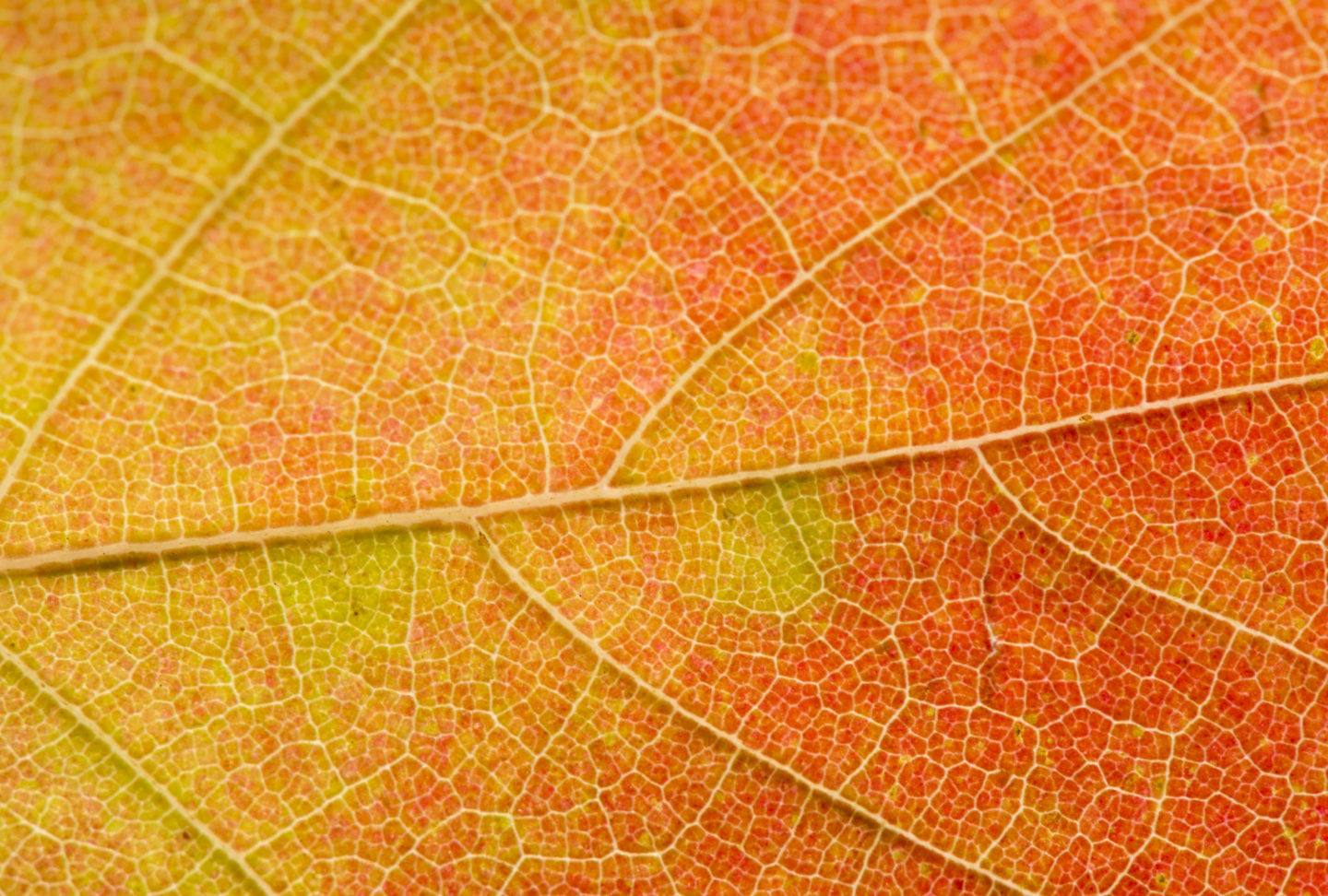June 13, 2022
The Orange of Autumn Leaves
What is the purpose and origin of the annual color change?
It´s about life and death. On an annual schedule. Strolling through scenic autumn colors, maybe even at the campus of the Institute of Science and Technology Austria (ISTA), have you ever wondered why green leaves change their color into beautiful shades of yellow, red, and orange?

© Shutterstock
When temperatures cool and days become shorter, also plant scientists enjoy the beauty of autumn forests. “During my PhD, I was hiking in the High Coast of Sweden and was struck by the awesome display of colors,” remembers Minerva Trejo, postdoctoral researcher in the Zilberman Group at ISTA. “I found it immensely fascinating how plants have developed all their strategies to survive. So, I started investigating the genetic origins of why leaves change their color.”
Generally, a tree’s nutrition consists of water, carbon dioxide, and light. By the process of photosynthesis, it converts these three ingredients into glucose and oxygen. For that to happen, the green pigment chlorophyll is at work. Yet, when there is less light, trees wind down photosynthesis and store chlorophyll in the roots, branches, and the trunk until spring. The effect is that previously masked pigments show up, the yellow xantophylls and orange carotenes. In addition, red anthocyanins are produced until the leaves finally sail to the ground.
“The focus of my PhD was plant chromatin,” says Trejo and explains, “Chromatin is the folded structure of the long DNA-molecule, making it compact enough to fit into the tiny cell nucleus. Chromatin modulates plant development. My findings were that despite all the mobilization of nutrients at the last stage of a leave’s life, the chromatin remains very stable in the overall plant – probably to ensure that the tree can blossom again in spring. In the dying leaves however, the chromatin directs a concert of enzymes that will specifically promote chlorophyll degradation – thus all the spectacular autumn colors become visible.”



